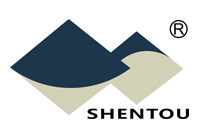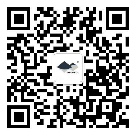CHINA AUTOMOTIVE SUPPLIER QUALITY MANAGEMENT BRIEFING
07/01/2021
Vol. 5, No. 7, July 2021

① QUALITY CHALLENGES & SOLUTIONS WITH YOUR SUPPLIERS IN CHINA
Factory Audits & Quality Inspections
During & Post COVID-19:
On-site Supplier Audits + Remote Participations by International Buyers(Ⅲ)
(Continued from the last issue)
 A QMS audit consists of an audit of complete terms according to the IATF16949:2016 standard and a process audit on products that are within the scope of factory’s certification.
A QMS audit consists of an audit of complete terms according to the IATF16949:2016 standard and a process audit on products that are within the scope of factory’s certification.
An audit on the manufacturing process is a process quality audit which focuses on the inspection of selected processes of all processes to evaluate the effectiveness of process control. Process quality audit is the key of internal quality audit. Its purpose is to verify whether the factors affecting the production process and their control methods meet the requirements of process control and process capability, so as to spot the existing problems in time and take corrective or preventive measures to ensure that the process quality is in a stable and controlled state. For suppliers who have passed IATF16949 certifications but their product manufacturing process has many unstable factors and abnormal quality control points, we will arrange process audits, focusing on the complete audit on identified process characteristics.
The audit of the process is to audit the control plan prepared by the supplier for the type of products purchased by the customer. The audit focuses on the identified product and process characteristics, taking into considerations the audit experience of the auditor.
Product audit is a management tool for an independent evaluation of products from the perspective of customers, so as to avoid product or goods defects. In addition, product audit also shows the potential for continuous improvement. The listed product characteristics will be inspected during product audit (e.g. consistence with parts list, product size, material, functionality, reliability, packaging, identification), so are the customer expectations in a specific status (e.g. after packaging, new state, after use, etc.). A product audit can objectively evaluate product quality characteristics, obtain product quality information, and determine the product quality level, in order to take timely corrective and preventive actions on issues discovered in the audit and further improve the quality system and product quality. When analysis show the qualities of products provided by suppliers are unstable or different types of quality complaints are frequently raised by customers, we will arrange product audits to focus on the identified product characteristics.
The method of product audit depends on the type of products purchased by the customer, combined with the customer’s performance evaluation of the supplier for the selected products to be audited. The audit focuses mainly on overall product testing, quality characteristics testing, performance testing, full-size inspection, reliability testing, etc.
▌Audit frequency
Audit frequency generally refers to how often the suppliers already in the approved supplier list should be audited. The recommended frequency of the second party audit (including audits of QMS, process and product) is to complete a full audit cycle every two years (see the chart below). Specifically, the QMS audit is to be conducted once every 24 months, the process audit once every 12 months, and product audit also once every 12 months. If the supplier has major quality complaints against it, emergency events, or risks in its operation environment, an immediate second party audit is necessary.

For the process audit and product audit, we will prepare audit plans appropriate to the customer’s product requirements according to the quality performance evaluation of the purchased products, the process characteristics and the product characteristics.
(To be continued)
By Felix SS YUAN
② CRITICAL FAILURE MODES / QUALITY CONTROL POINTS IN FOCUS
Brake S-camshaft
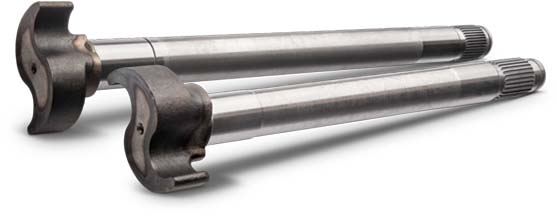
The working principle and main function of the brake s-camshaft is to fill compressed gas into the air chamber, pushing the air chamber push rod which is connected to the slack adjuster. The slack adjuster converts the force extended from the air chamber push rod into the torque of the camshaft, leading the camshaft to rotate. Since the rear head of the brake camshaft (clamped by two brake shoes) is S-shaped, the rotation of the camshaft pushes up the two brake shoes, so that the friction plate on the brake shoes contacts the brake drum, resulting in braking.
▌Primary failure mode
● Fracture in S-camshaft body, causing brake failure.
● Spline on the S-camshaft spline end worn out prematurely, causing brake failure.
● The S-shaped end of the camshaft becomes seriously rusty, resulting in brake failure.
● Surface of the S-shaped end of the camshaft is excessively worn out, resulting in long braking distance and reduced braking performance.
▌Preventive measures
● Check whether the materials and heat treatment process used for brake s-camshaft meet the requirements.
● Check whether the number of teeth and modulus of s-camshaft spline and the high frequency quenching hardness of tooth surface meet the requirements.
● Check whether the high frequency quenching hardness and flaw detection of the S-end of the camshaft meet the drawing requirements.
By Y. WANG
③ KEY CONCEPTS & PRACTICES IN SUPPLIER QUALITY MANAGEMENT
During Production Inspection

During Production Inspection (DPI), also called DUPRO, is the quality control inspection conducted while the production is underway, typically early in the process.
DPI is important for products that are in continuous production, that have strict delivery requirements, and especially as a follow-up when quality issues are discovered during the pre-production inspection.
④ CHINA INDUSTRY & MARKET UPDATE
Cost of raw materials:
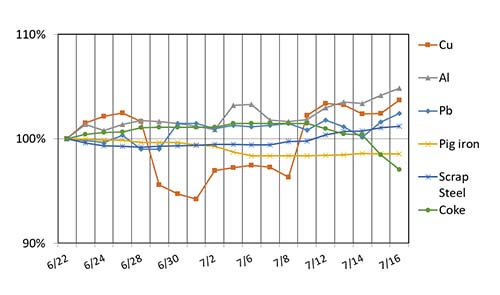
Exchange rates:
![]() USD/RMB: 1:6.4491
USD/RMB: 1:6.4491
![]() EUR/RMB: 1:7.7025
EUR/RMB: 1:7.7025
![]() RUB/RMB: 1:0.0877
RUB/RMB: 1:0.0877
July 2021
Remark: Exchange rates are 30-day average from June 15 to July 16
The above information is for reference only
⑤ IT HELPS TO KNOW...
New Shentou Website on Services
Shentou has just launched a new website (www.ShentouServices.com) that is focused on Shentou’s development, management and optimization services of the China supply chain, especially supplier quality management, for international OE and aftermarket clients in the automotive industry.
Leveraging over 20-year experience in sourcing, procurement project management and quality management, Shentou’s services cover factory audits, pre-shipment inspections (PSI), supplier quality management system (QMS) consulting and many other supply chain management (SCM) services.
In particular, Shentou has introduced a new service model for the key quality assurance and quality control activities, “on-site audits/inspections plus remote participations”, that enables international buyers to effectively manage their supplier quality in China without being physically present in China.
The solution of “on-site audits/inspections plus remote participations” is NOT simply to have international buyers look at the entire process of audits or inspections via some form of video-links while local service providers undertake the process on the ground at the site of the factories.
Rather, it takes meticulous planning, especially on the identification of product-specific key product and process characteristics, before each audit or inspection. It not only requires the service providers to be professionally experienced in the standard audit or inspection operations, but it is also critical that the service providers have sufficient knowledge in and experience with the specific products and the production process.
With the help of appropriate digitalization technologies, “on-site audits/inspections plus remote participations” offers an effective tool for a smart SCM during and after COVID-19.
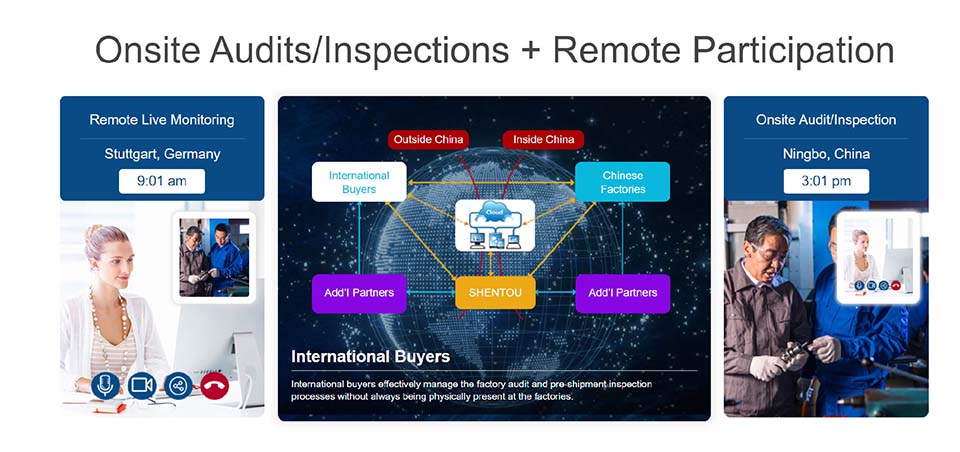
SHENTOU SUPPLY CHAIN MANAGEMENT CO. LTD. is a Shenzhen, China, based company serving international automotive clients in the implementation of their China strategies and programs. CHINA AUTOMOTIVE SUPPLIER QUALITY MANAGEMENT BRIEFING is a bi-monthly newsletter published by Shentou to address the specific and unique quality challenges and concerns international automotive companies face with suppliers in China. Comments are welcome at qms@shentou.com. Click here to subscribe.
